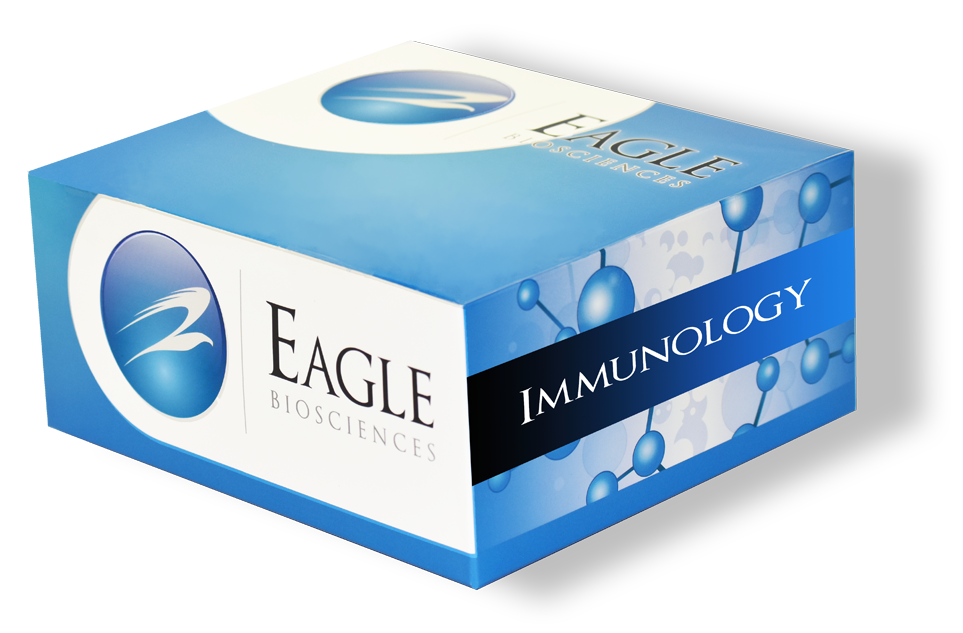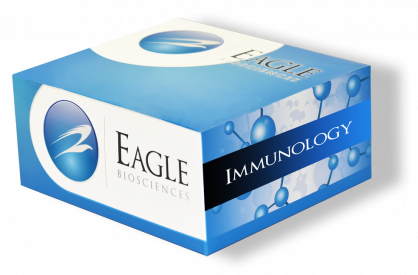Helicobacter Pylori IgA ELISA
Helicobacter Pylori IgA ELISA is For Research Use Only
Size: 1×96 wells
Sensitivity: 1.04 µg/ml
Dynamic Range: 1-200 µg/ml
Incubation Time: 2 hours
Sample Type: Serum, Plasma
Sample Size: 5 µL
Alternative Names: H. Pylori IgA
Assay Background
Helicobacter pylori (H. pylori) is a Gram-negative, micro-aerophilic bacterium restricted to the stomach and the duodenum. It was identified in 1982 by Australian scientists Barry Marshall and Robin Warren, who found that it was present in patients with chronic gastritis and gastric ulcers, conditions that were not previously believed to have a microbial cause. H. pylori has also been associated as an etiologic agent in the development of duodenal ulcers and stomach cancer. More than fifty percent of the world’s population harbor H. pylori in their upper gastrointestinal tract. However, over 80 percent of individuals infected with this bacterium are asymptomatic and it has been postulated that it may play an important role in the natural stomach ecology. H. pylori is a contagious bacterium, although the exact route of transmission is not known. Person-to-person transmission by either the oral-oral or fecal-oral route is most frequent. Consistent with these transmission routes, the bacteria have been isolated from feces, saliva and dental plaques of some infected patients. Transmission occurs mainly within families in developed nations, yet can also be acquired from the community in developing countries.
Assay Principle
The Helicobacter pylori IgA ELISA employs the qualitative enzyme immunoassay technique. Helicobacter antigen has been pre-coated onto a microtiter plate. Standards or samples are pipetted into the wells and any Ab present is bound by the immobilized antigen. After washing away any unbound substances, a HRP-conjugated anti human antibody is added to each well and incubate. After washing away any unbound antibody-enzyme reagent, a substrate solution (TMB) is added to the wells and color develops in proportion to the amount of Ab bound in the initial step. The color development is stopped by the addition of acid and the intensity of the color is measured at a wavelength of 450 nm ±2 nm. The concentration of Ab in the sample is then determined by comparing the O.D of samples to the standard curve.
Related Products
E. coli O157 ELISA Assay
Anti-dsDNA ELISA Kit
ASCA IgG Assay Kit


